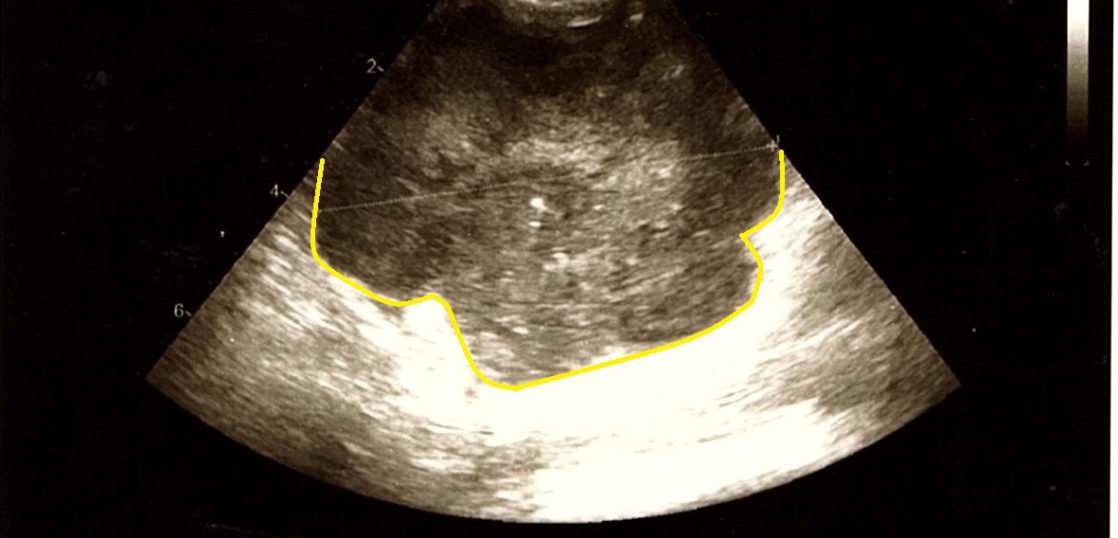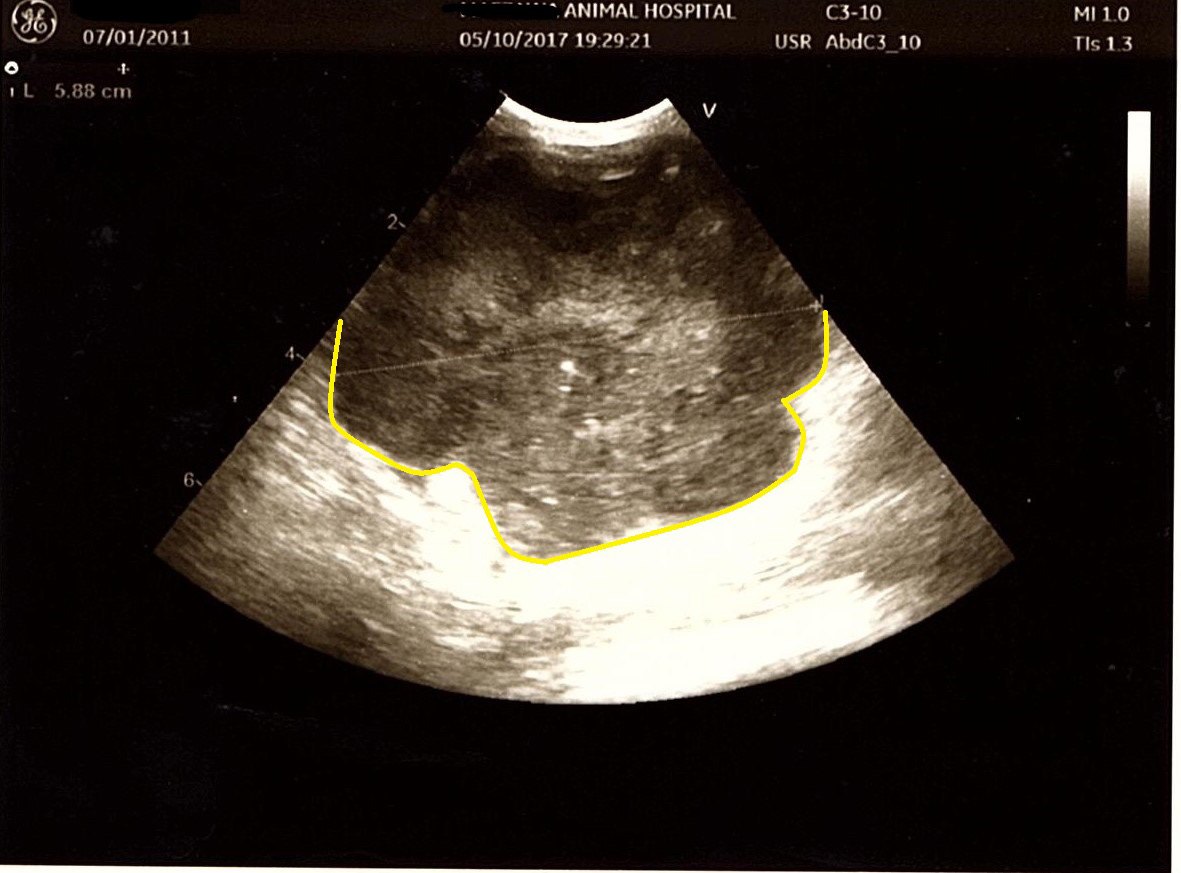Learn more about Cordy>>
目次
Overview of the Abdominal Cavity in Cats
What is Malignant Lymphoma in Cats?
Lymphoma is a type of malignant tumor where lymphocytes, a kind of white blood cell, proliferate tumorigenically.
In dogs, the incidence rate of tumors is high, representing 7-24% of all tumors in dogs.
Since lymphoma involves the canceration of white blood cells that circulate throughout the body, it can potentially occur in almost any tissue.
As lymphoma progresses, it can metastasize to the lungs or liver.
*When metastasis occurs in the lungs or liver, it is referred to as metastatic lung cancer or metastatic liver cancer, not primary lung or liver cancer.
Lymphoma can be classified into several types based on the tissue where it occurs.
In dogs, the multicentric type is the most common, accounting for over 80%. In cats, the gastrointestinal type is more prevalent, comprising 70%.
Multicentric Lymphoma
Characterized by the enlargement of lymph nodes, spreading to the liver, spleen, and bone marrow as it progresses.
Symptoms include weight loss, loss of appetite, lethargy, and fever, which are generally nonspecific.
Mediastinal Lymphoma
Characterized by swelling of the mediastinal lymph nodes. It can occur with or without bone marrow infiltration.
Gastrointestinal Lymphoma
Characterized by solitary, diffuse, or multiple infiltrations in the gastrointestinal tract. It may or may not involve swelling of the abdominal lymph nodes.
Extranodal Lymphoma
It can also affect the kidneys, nervous system, eyes, skin, and other organs.
Improvement Cases of Malignant Lymphoma with Lung Metastasis
Information provided by: Bloomington Animal Hospital
[Malignant Lymphoma: Combination of Cordy, Probiotics, Ozone Therapy (Rectal Insufflation), and PRA Therapy]
Species: Cat (Kou)
Gender: Neutered Male
Age: 5 years 9 months
Weight: 3 kg (initially 3.8 kg)
Cordy usage duration: From May 13, 2017
[May 2017] The tumor is enclosed by the yellow line. A large tumor of 5 cm in size can be seen.
Treatment Progress
In late April 2017, due to a loss of appetite and weight loss (3.8 kg to 3.0 kg), an examination was conducted by the regular vet on May 4, revealing a tumor (5 cm in size) in the abdominal cavity. Cytology results diagnosed it as malignant lymphoma.
The life expectancy without treatment was 1 month. Options like chemotherapy, surgery, and steroids were proposed, but the decision was made not to pursue these treatments. Consequently, the cat was transferred to our hospital on May 13.
On the first day of the transfer, ozone therapy (rectal insufflation) and Cordy were started at 0.5 g/kg/TID (three times daily).
Request more information about Cordy treatment (Free)>>
During the follow-up on May 17 (4 days after the initial consultation), there was an increase in appetite, and the cat began eating on its own gradually. The weight was 2.84 kg, with a body temperature of 39.7°C.
May 21: A tendency for the abdominal tumor to shrink was confirmed.
May 27: The appetite returned to pre-tumor levels, and the abdominal tumor had shrunk to about 1 cm on palpation.
June 4: Full recovery in both energy and appetite, with weight increased to 3.22 kg. The abdominal tumor was no longer palpable.
Subsequently, the ozone therapy was reduced to once every two weeks, and by August 5, 2017, the weight had increased to 3.82 kg, and the fever present at the initial consultation had stabilized to normal levels.
The cat displays perfect energy and appetite, and since the tumor is no longer palpable, no ultrasound examination has been performed.
Currently, the patient is maintaining a state of remission through the combined use of Cordy, lactic acid bacteria, ozone therapy, and PRA therapy (bio-resonance therapy).
[August 20, 2017]
After starting the administration of Cordy and ozone therapy, the tumor became undetectable through palpation within three weeks, and we monitored the progress without performing an ultrasound examination. Subsequently, the patient’s condition remained good, so we performed an abdominal ultrasound examination three months after initiating treatment for malignant lymphoma.
As a result, the tumor that was present in the abdomen was not visible on the ultrasound images.
[Comment from the Laboratory]
In cases of malignant lymphoma, chemotherapy is commonly used. However, chemotherapy often comes with strong side effects and risks that may reduce the patient’s quality of life (QOL).
In cases like this one, it is possible to maintain QOL by using a combination of steroids and Cordy for lymphoma.
For those who do not wish to undergo aggressive treatment but want to do something beneficial, we hope that Cordy can assist in the treatment process.
Request information about Cordy treatment (free)>>
Our laboratory is conducting research to see if the administration of Cordy and lactic acid bacteria can modulate the immune system, maintain or improve quality of life (QOL), and have an effect on cancer.
If you have any questions, please contact us.








